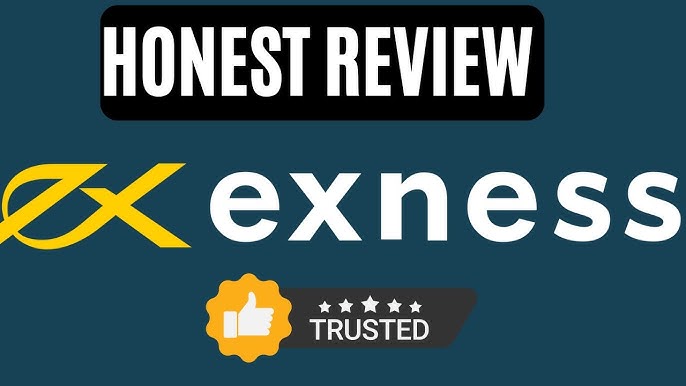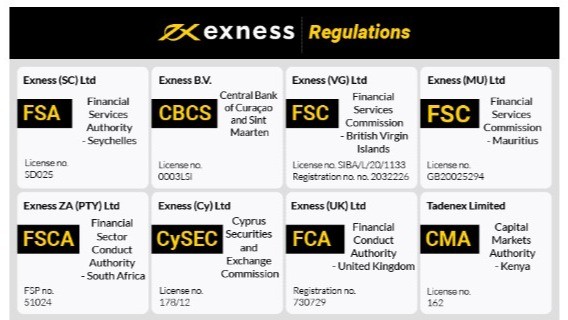
Understanding Competitive Exness Fees
When choosing a trading platform, one of the key considerations is the fees involved. Competitive Exness fees stand out in the crowded Forex market, influencing the decisions of traders around the world. This article delves into the specifics of Exness fees and provides insights into how they compare to competitors in the forex trading space. For more insights on trading specifics, you can also check out this competitive Exness fees https://www.asofrayle.org/trading-gold-on-mt4-exness-the-halal-way-17/.
Understanding the Fee Structures
Exness offers a variety of account types, each designed for different trading styles and requirements. The fee structures vary based on the account type, which can include spreads, commissions, and overnight fees. Understanding these components is essential for anyone looking to maximize their trading potential.
1. Spreads
Spreads are one of the primary costs incurred while trading on Exness. The platform provides two main types of accounts: Standard and Raw Spread.
– **Standard Account**: Offers variable spreads starting from 0.3 pips. This account type is favorable for beginners or traders who prefer fewer additional costs.
– **Raw Spread Account**: Provides tighter spreads, which can be as low as 0.0 pips, but includes a commission on trades. This model is attractive for experienced traders who execute large volumes and can benefit from lower spreads.
2. Commissions
While Standard accounts are commission-free, Raw Spread accounts incur a commission on trades. Depending on the volume, the commission can either be a fixed amount per trade or vary based on the traded lot size. This commission structure allows traders to tailor their trading expenses to their specific strategies.
3. Overnight Fees (Swap Fees)
Exness applies overnight fees on positions held past a certain time. These fees vary based on the underlying instrument and can either be positive or negative, depending on the interest rate differential between the currencies being traded. For traders who frequently hold positions overnight, understanding these fees is crucial for accurate cost assessments.
Comparative Analysis of Exness Fees
Comparing Exness fees with those of other brokers reveals some interesting insights. Most trading platforms adhere to a similar model of spreads and commissions, yet Exness often comes out on top with more competitive rates.

1. vs. Other Brokers
According to various trading reports, Exness’ average spreads tend to be lower than those of famous competitors like OANDA and IG. While many brokers offer fixed spreads, Exness’ flexible model caters to both casual and high-frequency traders. This flexibility can significantly impact profitability, especially for those who trade frequently.
2. Global Regulations and Fees
Exness is regulated by multiple regulatory authorities globally, such as the Financial Conduct Authority (FCA) in the UK and the Cyprus Securities and Exchange Commission (CySEC). This regulatory oversight lends credibility to their operational models, including the fees charged. Regulatory compliance often comes with overhead costs, but Exness manages to maintain competitive fees despite these burdens.
Maximizing Profitability: Tips for Traders
Understanding and navigating fees is vital for maximizing your profitability in trading. Here are some tips that traders can consider to optimize their trading experiences on Exness:
1. Choose the Right Account Type
Depending on your trading volume and frequency, choosing between a Standard account or a Raw Spread account can drastically change your cost structure. Casual traders may benefit more from the Standard account, while day traders and scalpers may find the Raw Spread account more beneficial.
2. Use Limit Orders
Limit orders can often help traders avoid unfavorable entry points associated with slippage, indirectly affecting their overall trading costs. By utilizing limit orders at optimal entry points, traders can effectively manage their trading expenses.
3. Monitor Overnight Positions
Keep a close eye on the overnight fees, especially if you hold positions for an extended period. Using fewer leveraged trades can help reduce the costs incurred from these fees, preserving capital in the long run.
Conclusion
In conclusion, the competitive Exness fees structure gives traders an advantageous position to maximize profitability. With a variety of trading accounts and a flexible fee model, Exness caters to a broad array of trading strategies. By understanding the costs and strategically managing trades, traders can navigate the forex market more effectively, ensuring a more efficient trading experience. In an ever-evolving market, being informed about fee structures is crucial for any trader aiming to succeed.
